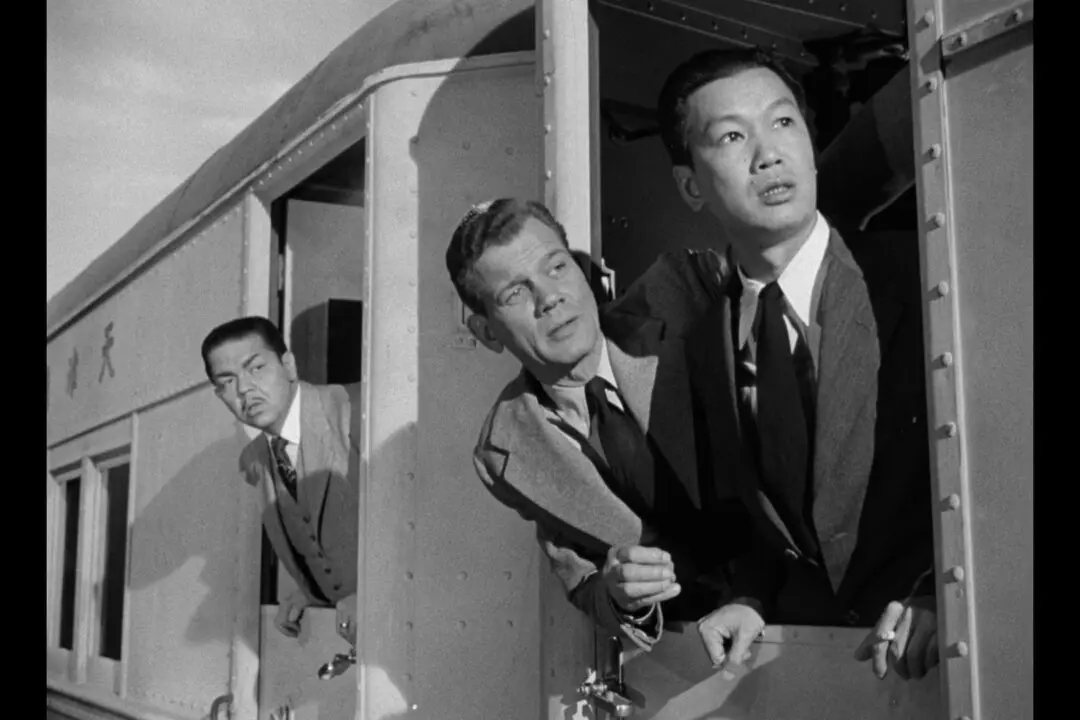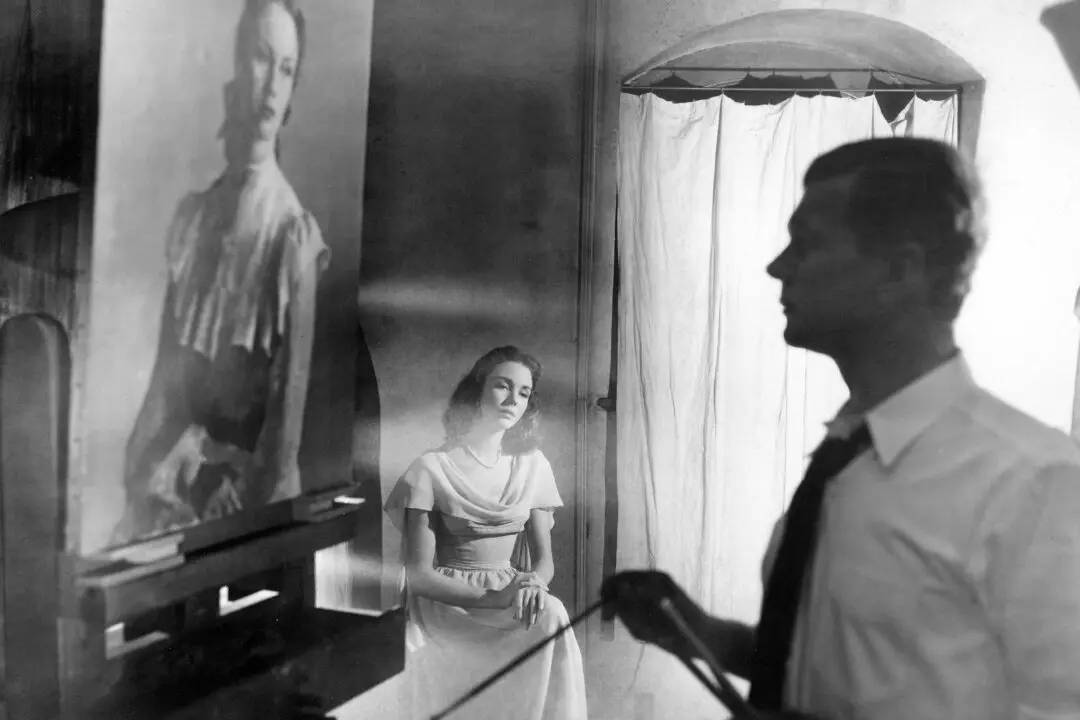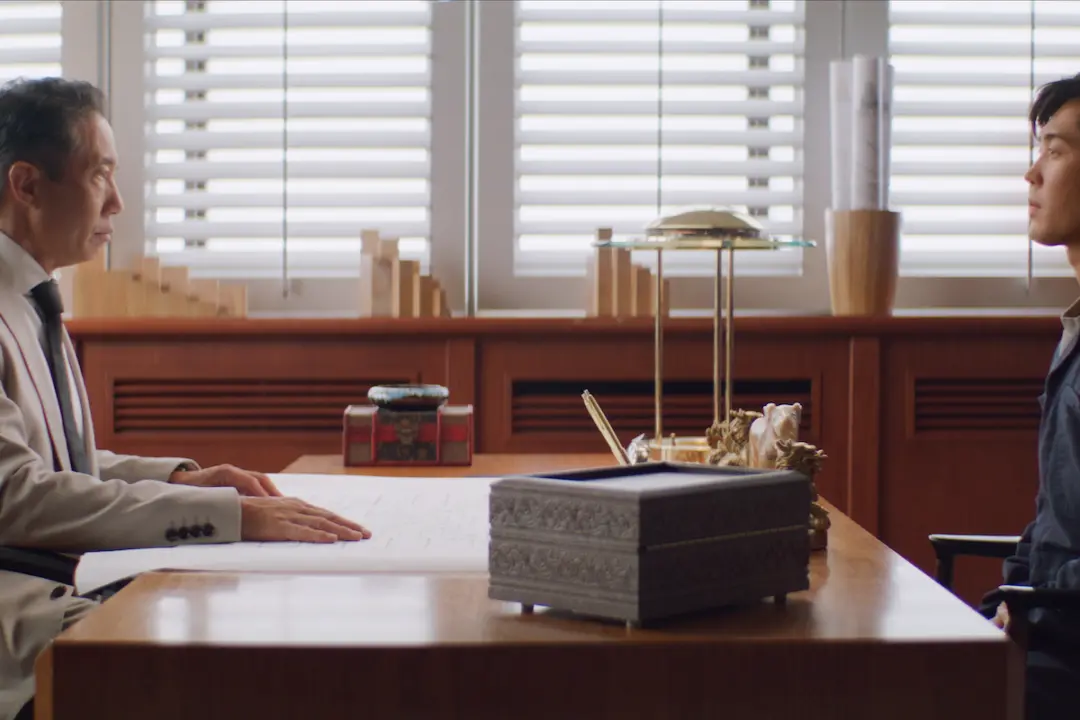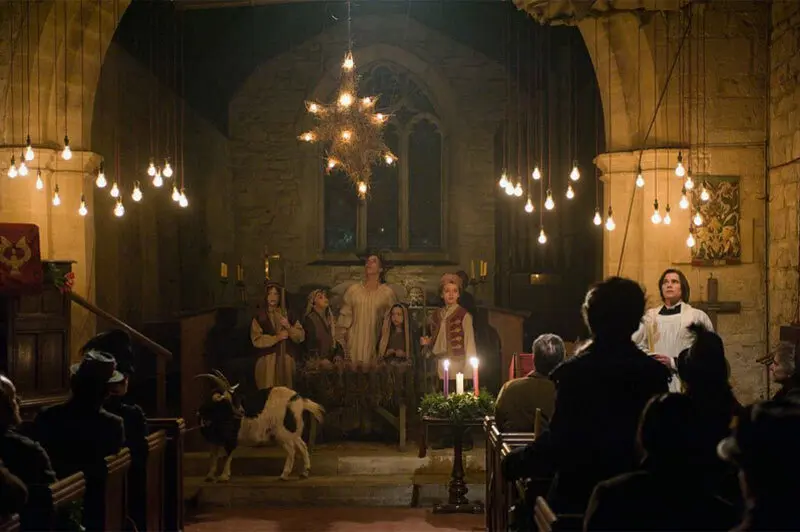Writer-director-producer Chloe Zhao’s drama, “The Rider” (2018), isn’t typical Hollywood entertainment fare. Instead, it’s about a conscientious young man, Brady (Brady Jandreau), learning to weigh what he likes to do against what he must.
Brady has spent a lifetime with horses, breaking them in and riding rodeo, while his widower father Tim (Tim Jandreau) has frittered his life away gambling. When a riding injury threatens the fame and money that the rodeo life promises, Brady itches to leap back in the saddle. But he’s reined in by his recurring seizures and reminders that his autistic sister Lilly (Lilly Jandreau) needs special care.





